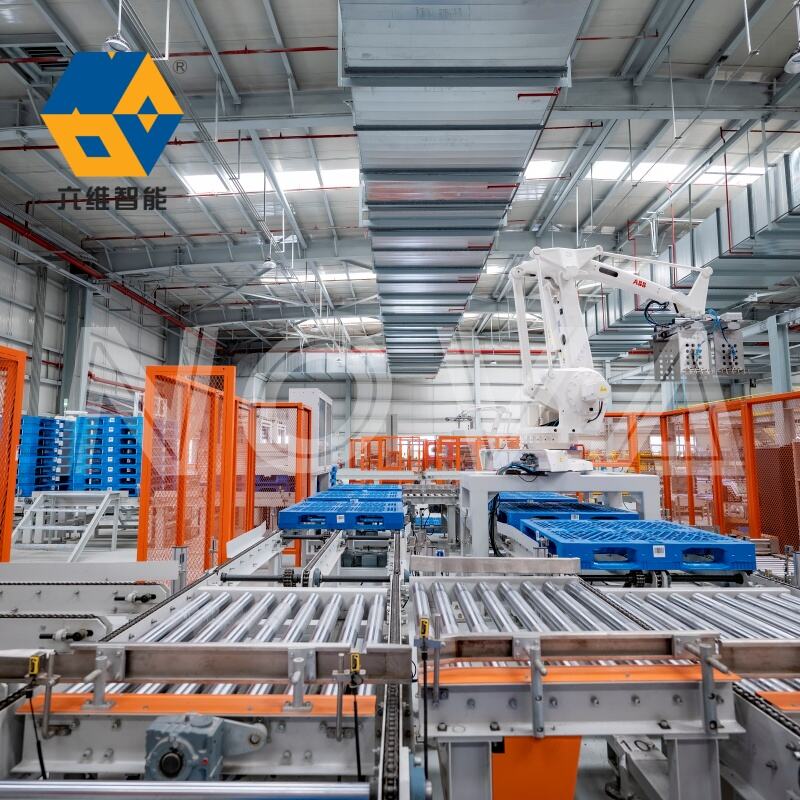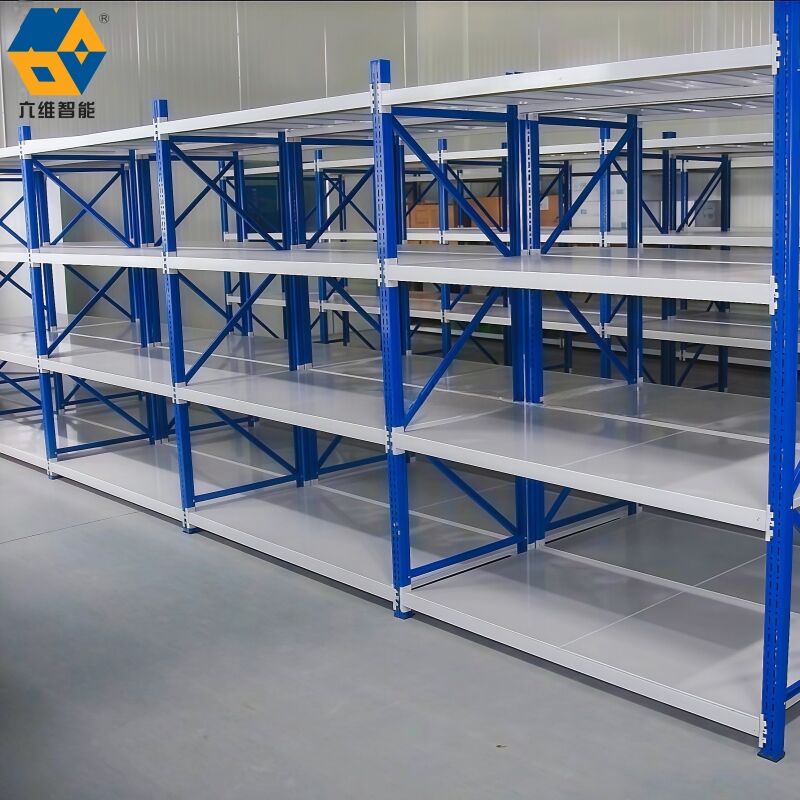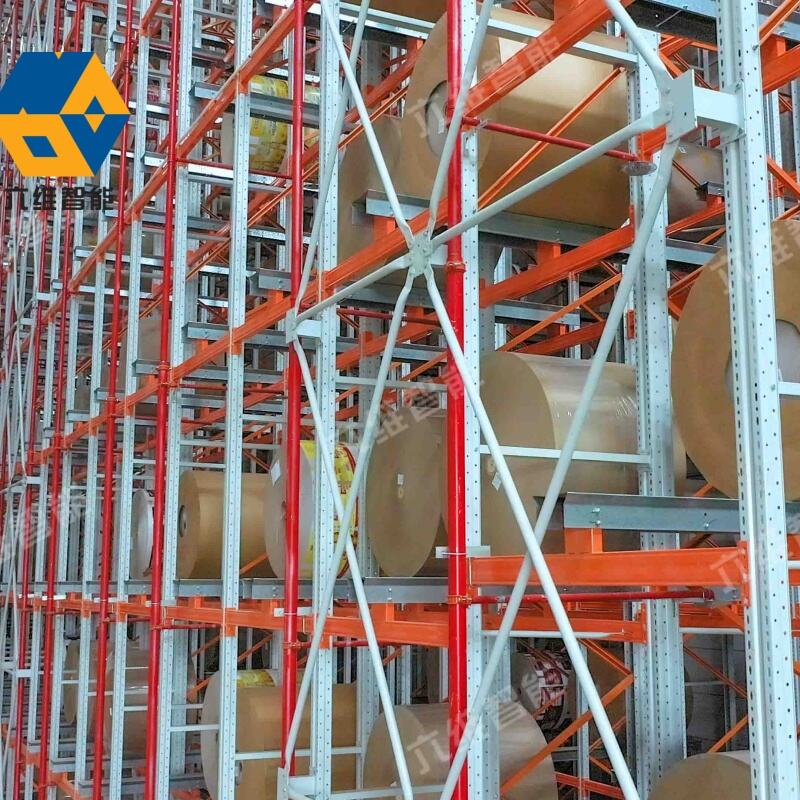radio shuttle racking
Radio shuttle racking represents a cutting-edge storage solution that revolutionizes warehouse operations through automated pallet handling. This innovative system consists of a remote-controlled shuttle that moves independently along dedicated rails within the racking structure, enabling efficient storage and retrieval of pallets in deep-lane configurations. The system combines robust mechanical engineering with advanced electronic controls, allowing for seamless operation in both LIFO (Last-In-First-Out) and FIFO (First-In-First-Out) configurations. The radio shuttle device, equipped with sensors and precision motors, navigates through channels to transport pallets to and from storage positions, eliminating the need for forklifts to enter storage lanes. This technology significantly increases storage density while maintaining accessibility to goods. The system can operate in various temperature environments, from ambient to freezer conditions, making it versatile for different industry applications. Modern radio shuttle systems feature advanced safety mechanisms, including obstacle detection, automatic shutdown protocols, and real-time monitoring capabilities. The technology integrates seamlessly with warehouse management systems, providing accurate inventory tracking and enhanced operational visibility.


